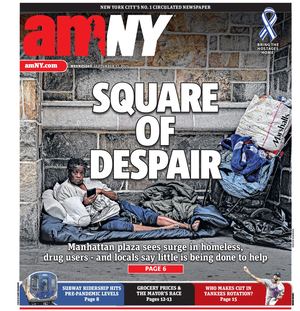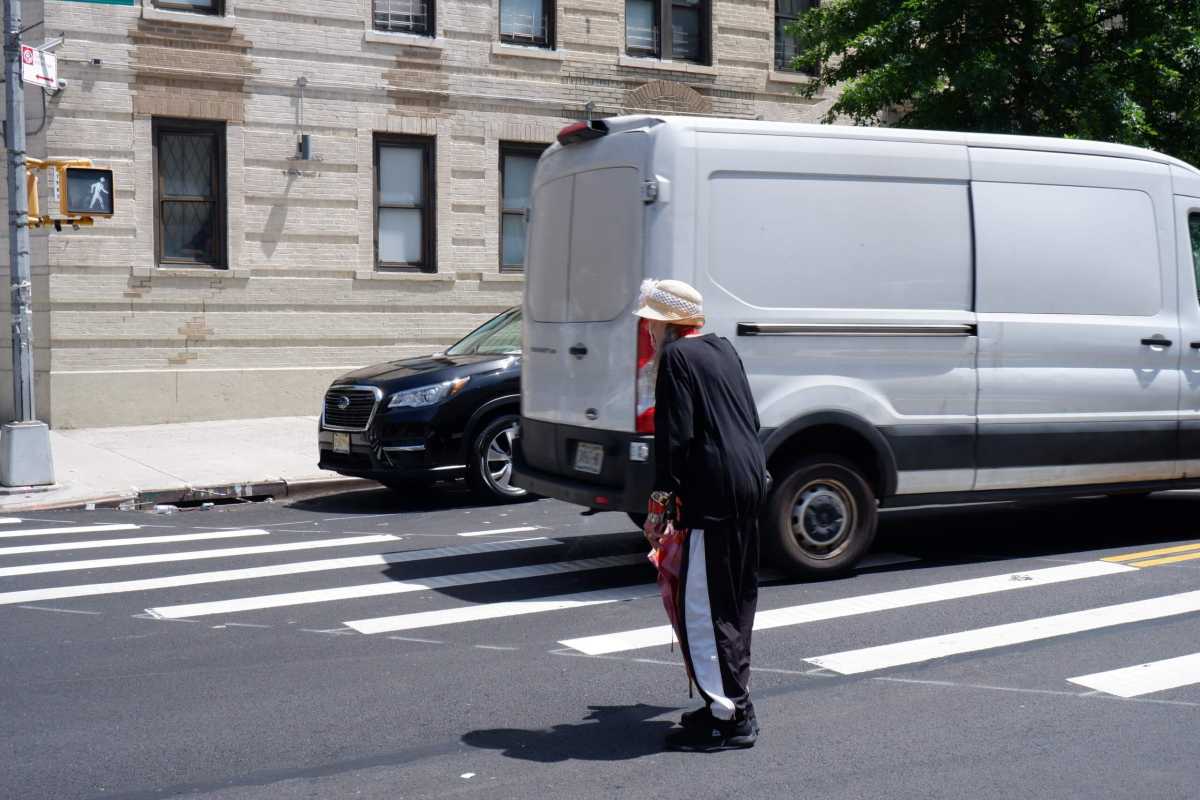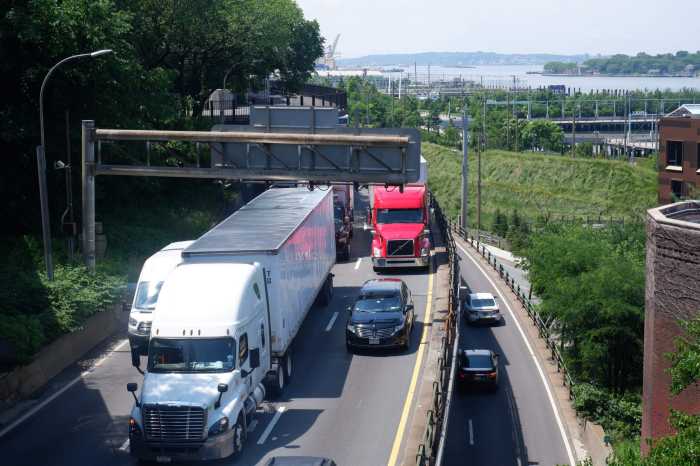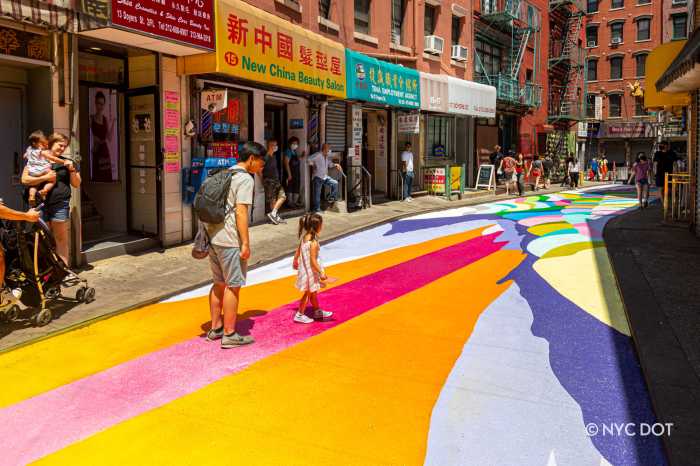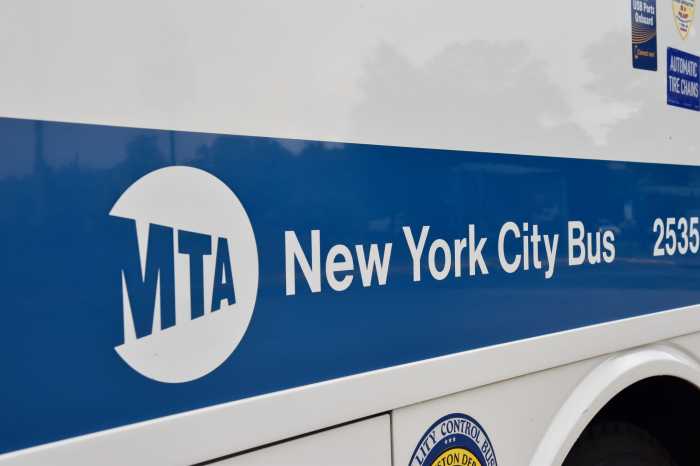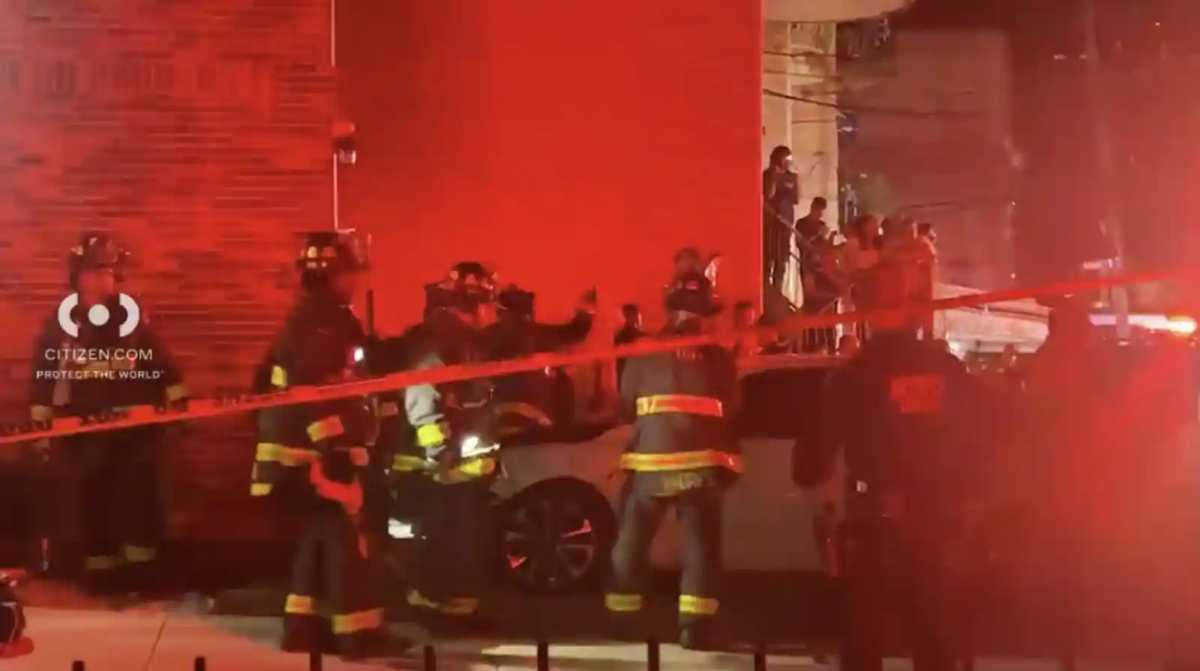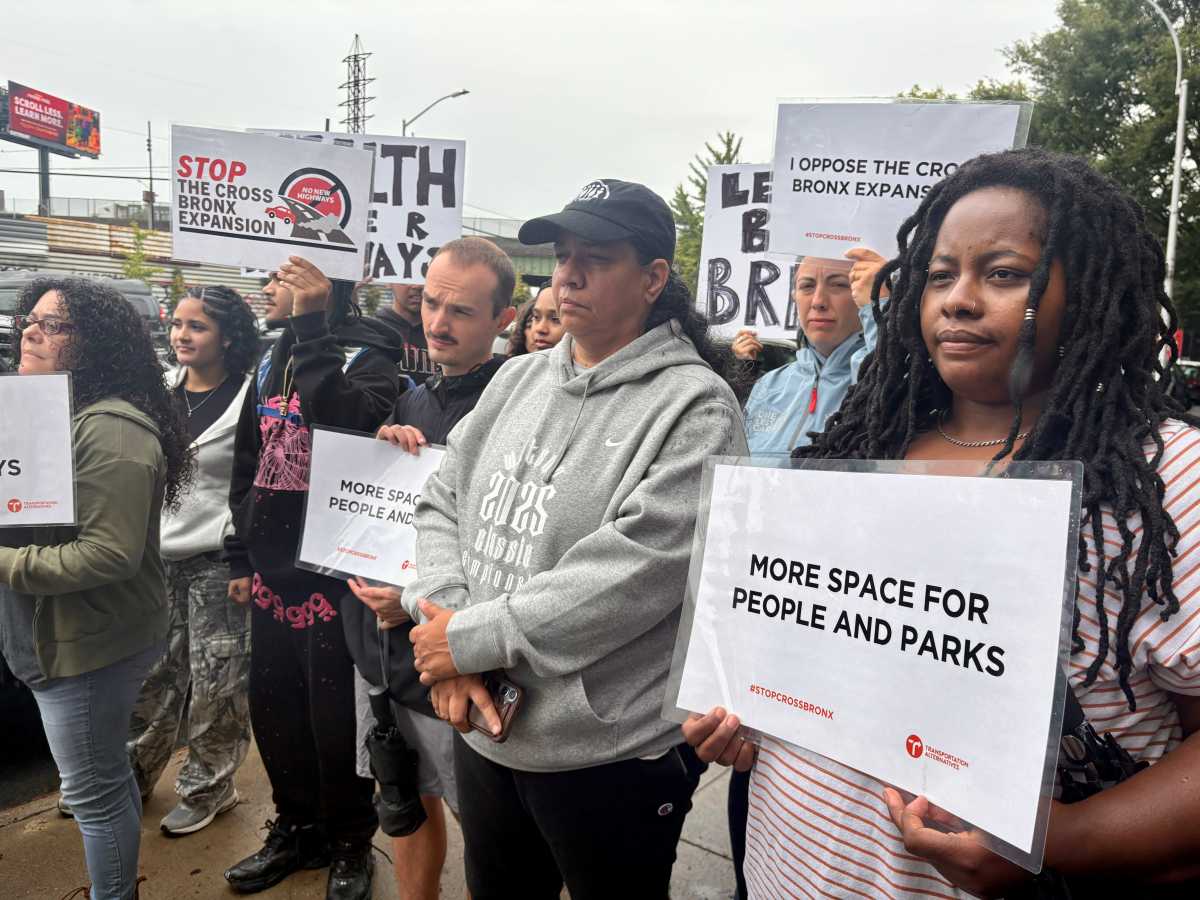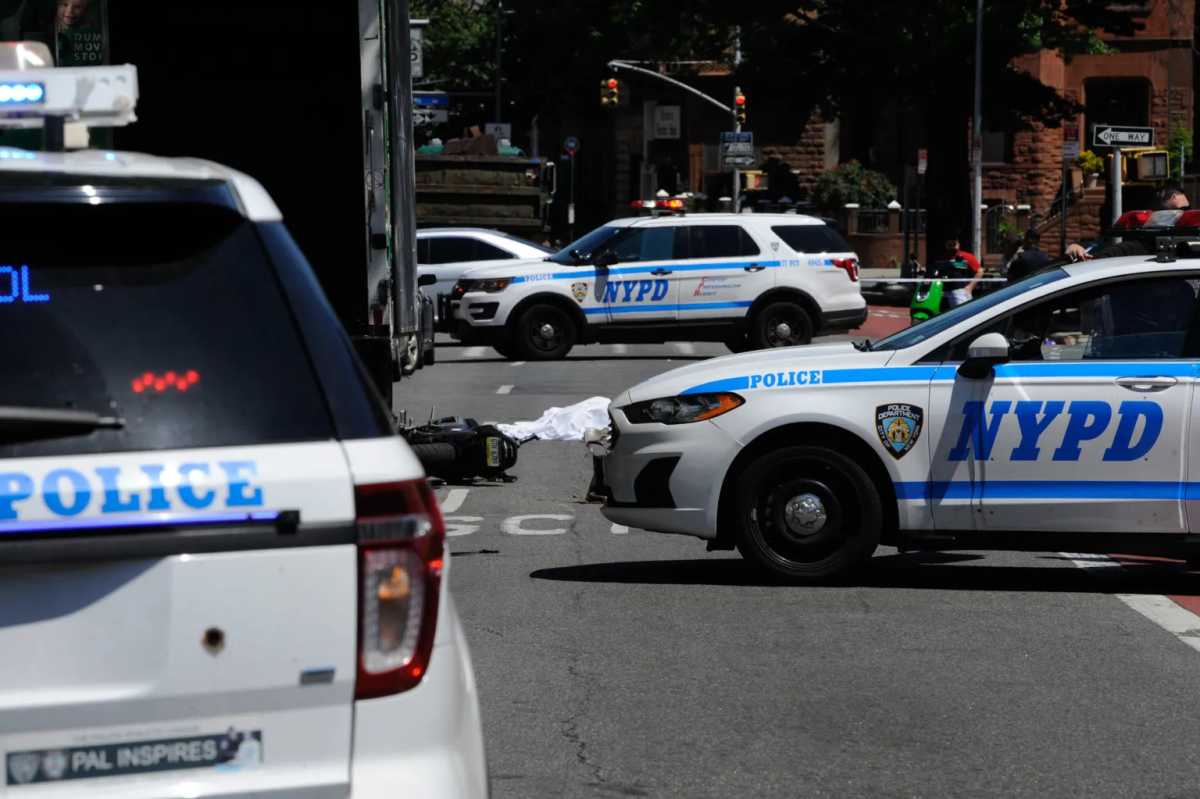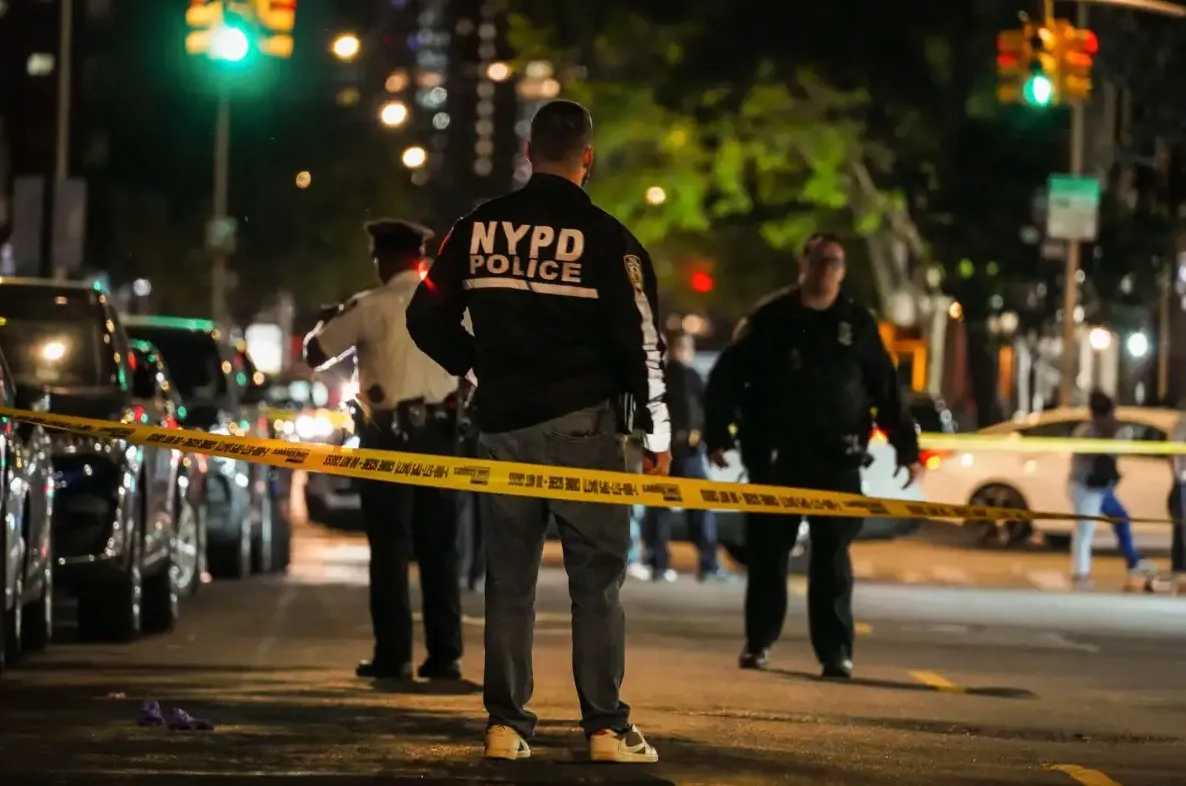City officials pledged to make 50 intersections safer for senior citizens every year in areas that are particularly dangerous for elders — a rate at which it would take 800 years to redo the roughly 40,000 crossings that dot New York City.
The Department of Transportation announced its new initiative Tuesday, which will install so-called turn calming measures to street corners to encourage drivers to slow down, such as painted markings, plastic bollards, and rubber speed bumps.
The agency also wants to retune walk signals to give pedestrians more time and a head start to cross the street in the next two years, saying the two changes combined will reduce serious injuries and deaths among the Big Apple’s elder pedestrians by 40%-60%.
DOT Commissioner Ydanis Rodríguez defended the slow roll-out, saying the effort is only targeting some intersections that are known to be dangerous for New Yorkers in their golden years.
“We are not saying that we are doing it in each single intersection, we are a data-driven administration by Mayor Eric Adams — we’re following crashes,” Rodríguez told amNewYork Metro during a press conference outside a Washington Heights senior center on June 14.
“We’re going to be following those intersections where the data is showing that we have most of the crashes, those are the ones we are targeting,” the Transportation honcho added.
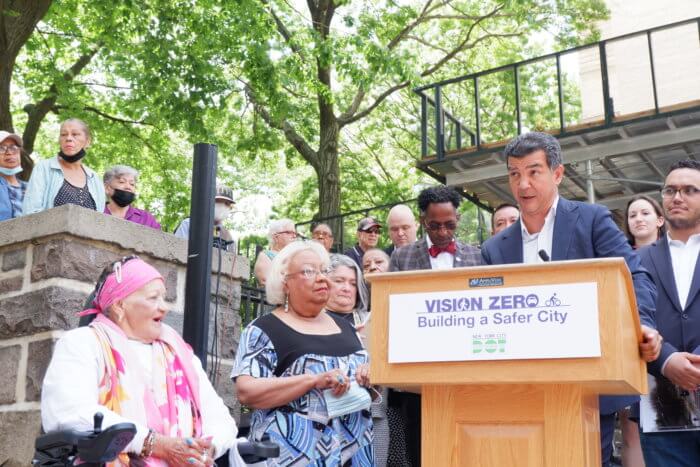
Seniors make up 15% of the city’s population but account for nearly half (45%) of pedestrian fatalities, according to DOT.
In a report released Thursday, the agency identified so-called Senior Pedestrian Zones, which are the top 20% of areas for seniors getting injured in crashes compared to the number of older people living there.
Those sections have nearly one-fifth of all the city’s senior population and a third of senior pedestrian injuries, and DOT will focus their improvements for older pedestrians there.
“That’s where we see that we need special attention being paid to the senior population, but of course we are going to be doing work all over the city where it’s needed most,” said DOT’s director of safety policy Julia Kite-Laidlaw.
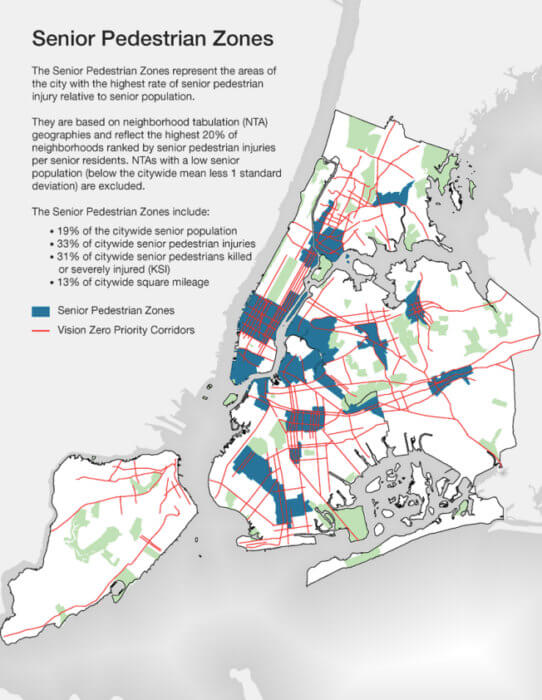
The metrics exclude large swaths of the city, such as all of Staten Island, southeast Brooklyn, eastern Queens, and even upper Manhattan where city officials touted the improvements.
However, the zones are just one way the agency is looking at fixing dangerous roadways, Kite-Laidlaw noted.
“We never like to take a one-size-fits-all approach, we want to look at every specific place that we know there are problems with dangerous driving, where there are problems with dangerous crashes, and find the solution that’s most specific to that place,” the city official said.
One street safety advocate slammed the city for not being more ambitious with its street redesigns.
“I accept that there are places where you need it more, but if it’s not aggressive it kind of begs the question, what’s the point,” said Jon Orcutt, director of advocacy for the group Bike New York, who also served in DOT under former Mayor Michael Bloomberg.
“You would hope they would be doing turn calming every place where they’re refreshing street markings,” Orcutt added. “They keep talking about hardening bike lanes, let’s harden everything.”
The advocate also said officials should install more solid infrastructure than paint or the flimsy plastic sticks and bumps which drivers can still run over.
“Those black and yellow things just get driven over and destroyed, same with those bollards,” Orcutt said.
The 50 intersections getting the upgrades this year are also not new, they are part of the 1,000 safety improvements at intersections Commissioner Rodríguez and Mayor Adams announced back in January, which DOT is “well past the halfway mark” for completing this year, according to agency spokesperson Scott Gastel.
Under the January plan, DOT will install 100 turn calming measures total in 2022, the rep added.
If that rate continues, New Yorkers will only have to wait 400 years to have all of the Big Apple’s intersections equipped with the safety measures against fast vehicle turns.
Editor’s note (Wednesday, June 15, 10 a.m.): After this story went live, the DOT press office reached out to say that the 50 improvements a year are for a specific subset of intersections in areas with high senior pedestrian fatality rates identified in the study, emphasizing that the agency makes hundreds of upgrades to city street crossings a year, which also benefit older New Yorkers.
